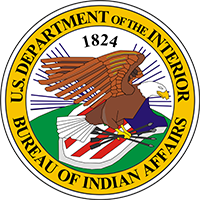Landslide Recognition and Monitoring Using InSAR
BOR dams and reservoirs like Colorado’s Vega and Green Mountain, and Wyoming's Seminoe have landslide and/or dam issues that require long-term monitoring. In this research, the use of interferometric synthetic aperture radar (InSAR) is being investigated as a monitoring tool for landslide and dam structure-related deformation.









